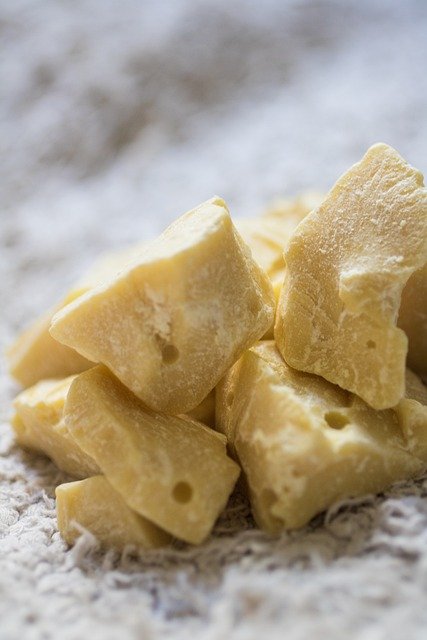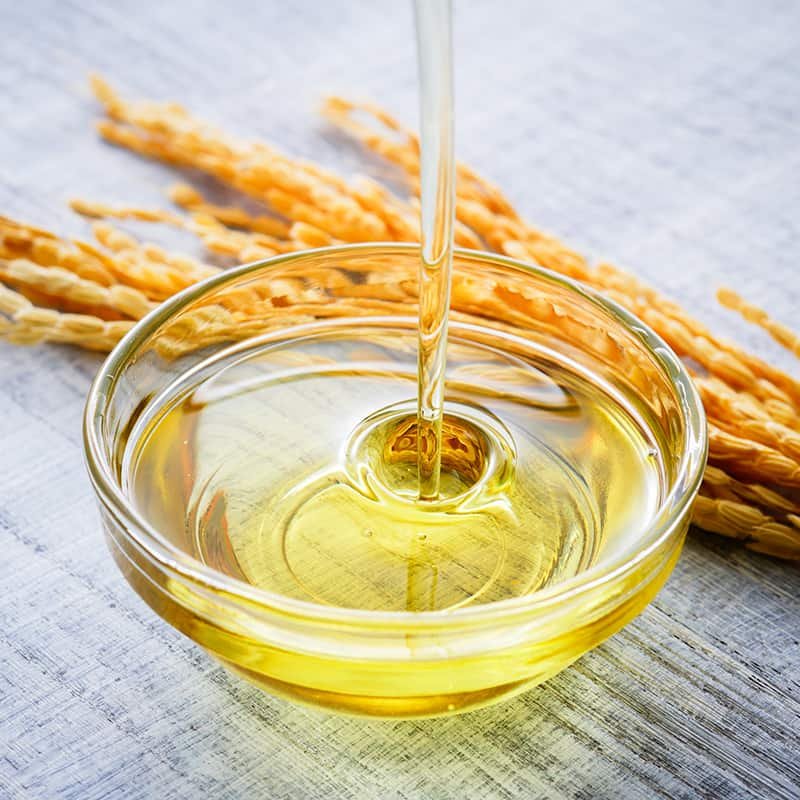Fatty Acids and Soap Making
If you are new to soap making you will be interested to learn that soap is a salt of a fatty acid.
During the soap making process where you mix fats and oils with a lye solution this starts something called the saponification process and creates a salt from the fatty acids contained within your recipe. And that’s your bar of soap.
All this sounds amazing right? I am still fascinated by the process of soap making even after all these years - I started making soap in 2012 (insert shocked face)!
Fatty acids are basically the building blocks of soap, and each fatty acid in your soap recipe will create a different soap with different qualities.
It sounds very complicated but it is easier to get to grips with fatty acids than you might think.
What are fatty acids and why are they important in soap making?
There are eight fatty acids in total, and they are split into two categories – saturated and unsaturated. You will generally see them all listed in a making calculator. You can learn how to use a soap calculator in my soap making classes. It’s easier than it looks – honestly!
The saturated fatty acids are myristic, lauric, stearic, and palmitic. Saturated fatty acids speed up trace and saponify more quickly than unsaturated fats. Myristic and lauric are excellent cleansers and produce a nice lather. Palmitic and stearic create a hard soap with a creamy lather.
The unsaturated fatty acids are oleic, linoleic, linolenic, and ricinoleic. Unsaturated fatty acids slow down trace and saponify more slowly than saturated fats. Unsaturated fatty acids are softer and will produce a mild and more creamy lather. Ricinoleic is only found in castor oil and speeds up trace, so you need to work quickly, and it boosts the rate of lather formation so it’s great for creating a shampoo bar or a shaving bar.
Let’s look at each fatty acid in turn and good sources for each one.
Saturated fatty acids
Lauric and myristic acid are good for hardness, cleansing and a bubbly lather. Coconut oil has a very high natural source of lauric acid 48. And myristic acid content for coconut oil is 19. It is important to note that too much lauric acid in a formula can feel drying so for example, I would recommend a maximum of 30% coconut oil in your soap recipe.
Palmitic acid is good for hardness and a creamy lather. Cocoa butter is high in this fatty acid.
Stearic acid is also good for hardness and a creamy lather. Oils that are high in this are shea butter 40 and mango butter 42.
Lauric – Hardness, Cleansing, Bubbly Lather
Myristic – Hardness, Cleansing, Bubbly Lather
Palmitic – Hardness, Creamy Lather
Stearic – Hardness, Creamy Lather
Unsaturated fatty acids
Oleic acid is for effective conditioning. Good sources include olive oil 69. Oleic acid is what makes olive oil so popular with soap makers. Sunflower oil and nut oils are also good sources.
Linoleic acid is also good for conditioning. Oils high in this fatty acid include evening primrose, sunflower and grapeseed.
Linolenic acid is another fatty acid that is good for effective conditioning. Oils high in this are flax and hemp. There is a small amount of linolenic acid in common soapmaking oils, such as olive and sunflower oil.
Ricinoleic acid is only found in castor oil. This creates a bubbly, creamy lather and is excellent for conditioning. As I have already mentioned this is a great addition for a shaving bar.
Ricinoleic – Bubbly Lather, Creamy Lather, Conditioning
Oleic – Conditioning
Linoleic – Conditioning
Linolenic – Conditioning
As you will see by learning about each fatty acid and the qualities that it adds to soap you can learn to formulate a recipe and tailor it to your exact requirements.
If you are new to soap making don’t worry too much about learning about all the fatty acids from the off because you are more than likely to follow other recipes first before gaining the confidence to create your own recipes.
And take it at your own pace. The most important thing about your soap making journey is that you enjoy it.
If you’d like to learn more about soap making you are more than welcome to join one of my classes. Please click here for details.



